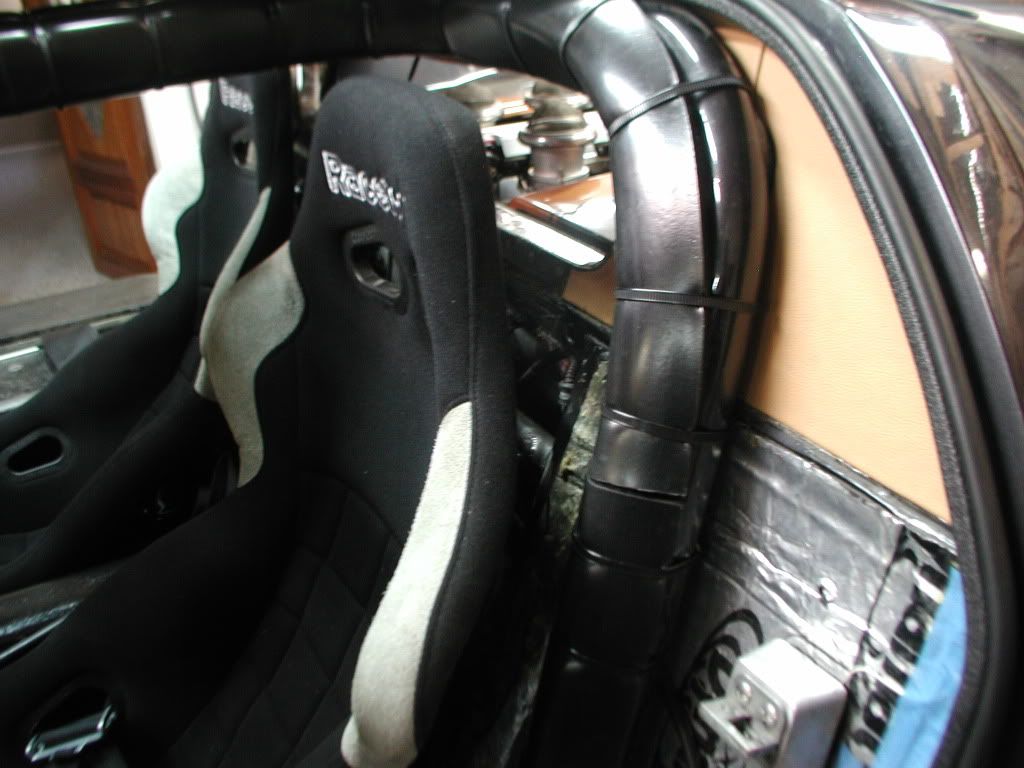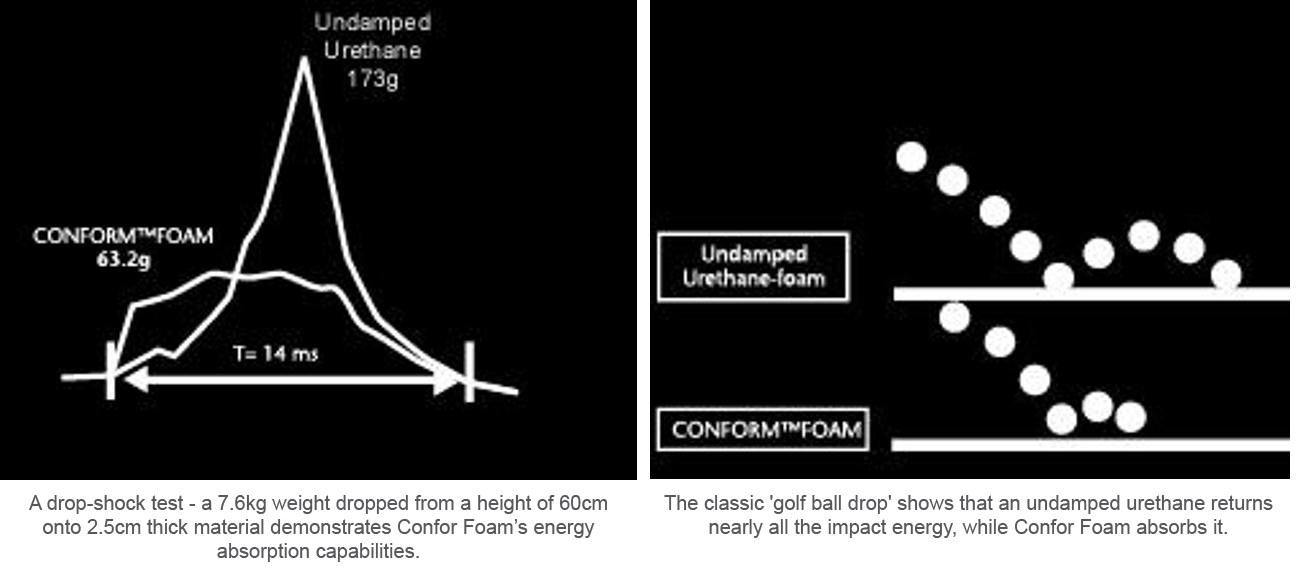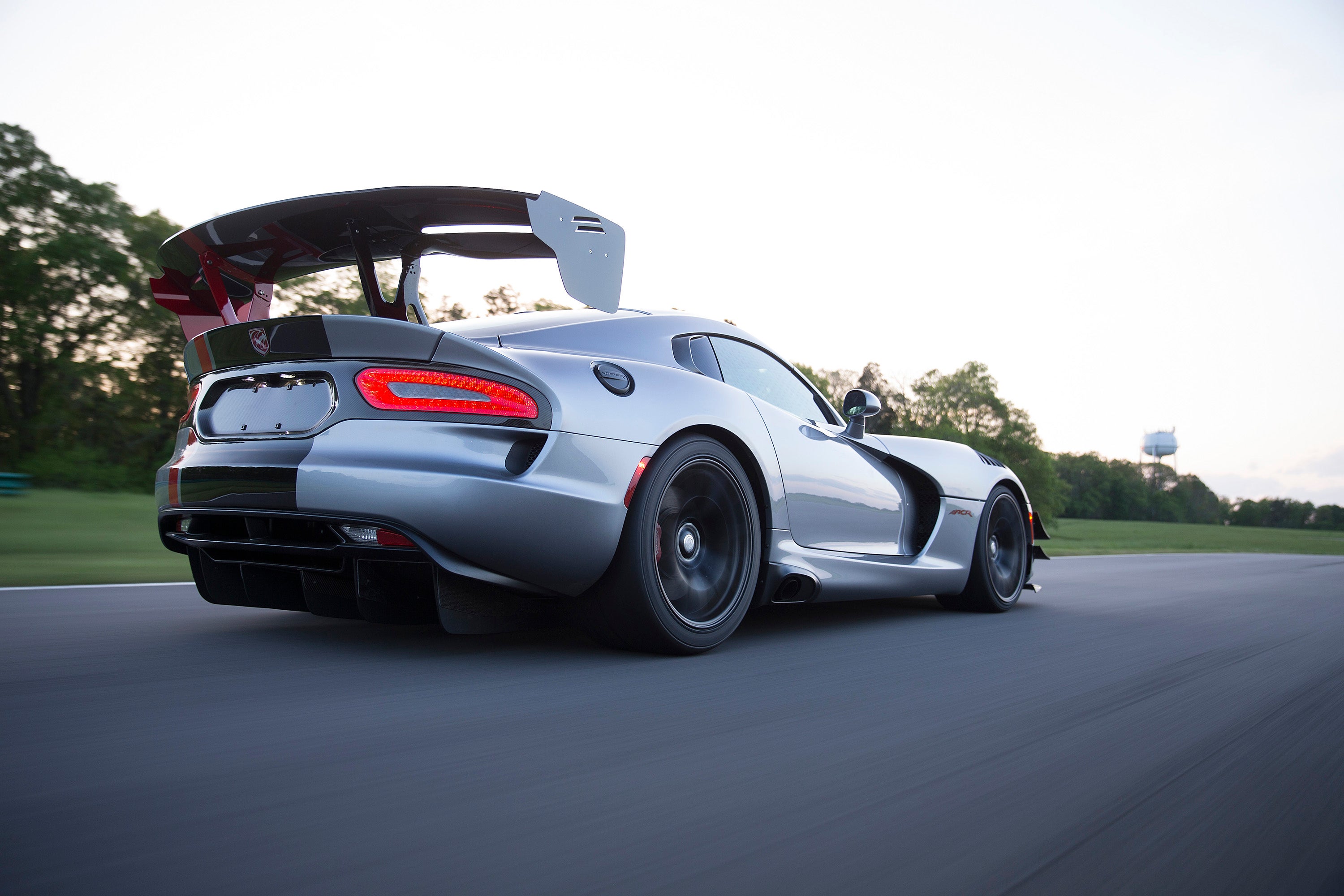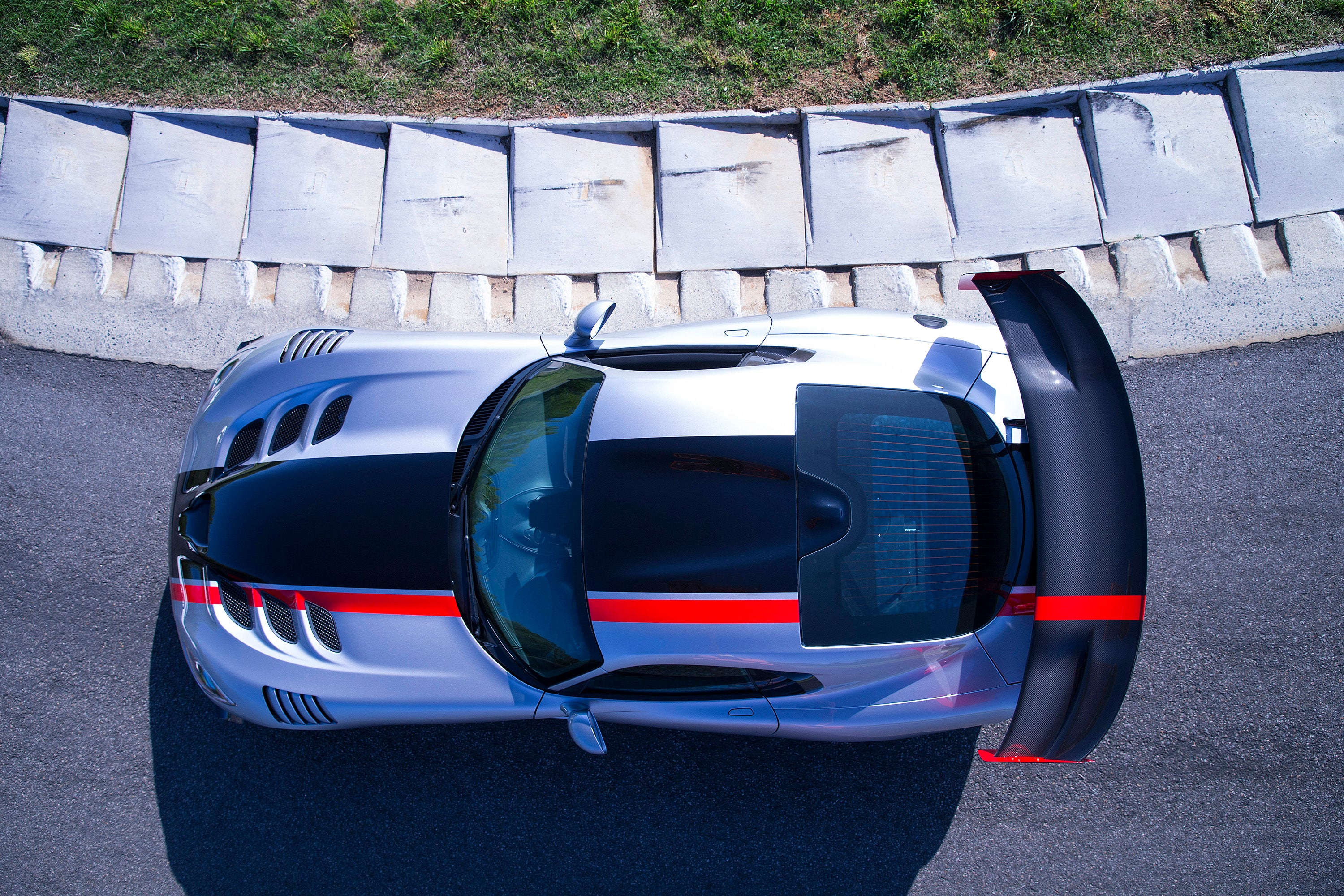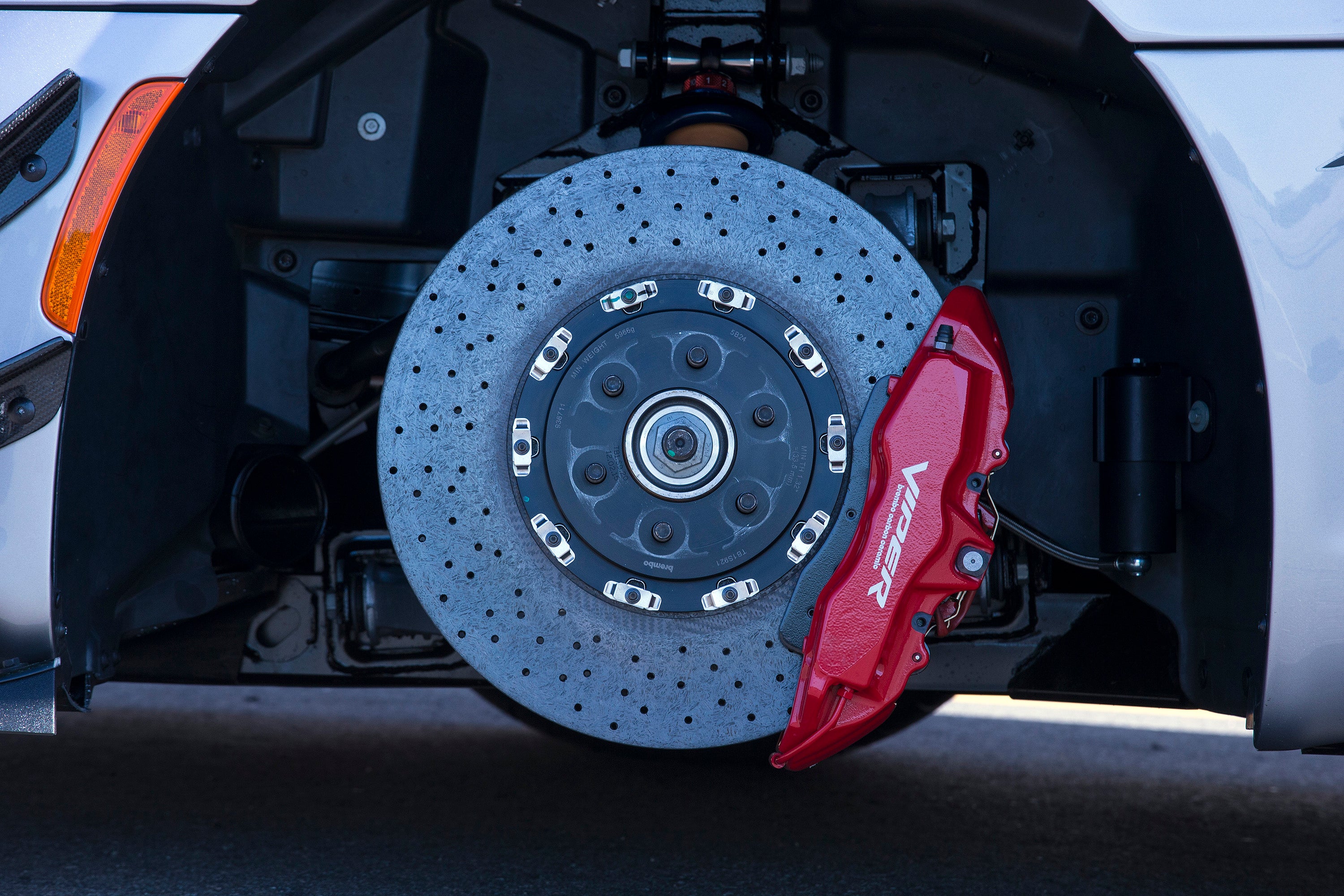There is no reason at all why a component car cannot be safer than a production car[/QUOTE
Here are two BIG ones.....
Component car mfg's are not required to, nor do they have millions of dollars to crash test vehicles being a cottage industry.
I think you should build your version of the GT40 and crash test several, front, rear and both sides. Four will do initially but then you'll need to go back to the drawing board and test four more. Repeat until you or your "market" is satisfied.
Please keep us posted with your findings and tech.
The car industry does not crash test a lot of cars. 90% of all the crash testing is done in the computer using, for instance, LS dyna. That is one of the reasons why they can afford to run with ever decreasing numbers of engineers while employing more and more bean counters to increase profits. I have experienced enough to reinforce my statement that component cars can be safer than production cars. Rally cars are safer than their equivalent street versions, the main difference being integrated roll cages.
LSDYNA :: Finite Element Analysis Software :: Applications :: Crashworthiness
A determined cottage industry can do so without dramatically increasing the cost, in particular when using modern FEM tools. If you have a close look at the cost breakdown of the big players, you will be amazed how much of the purchase price is spent for marketing (race teams and advertisement) and how much profit is made from each car sale. Some manufacturers had years in the past where profits exceeded overall staff costs (including their CEO pays).
Scaling up the GT40 replicas by 20%, adding a proper roll cage (which then can be done since there is more than enough passenger room) and adding side intrusion bars in the doors will dramatically increase safety without any crash testing or FEM simulations. I think that this simple procedure will make the entire product so much safer, that crash testing or FEM simulations won't be required, while satisfying the market for a much safer (and better) GT40 replica. I would expect your market share in the component car and particular GT40 replica industry to increase significantly if you were to add the "GT48" to your sales list.


